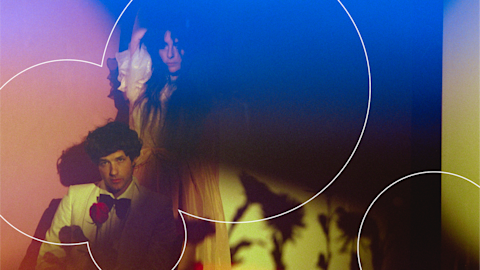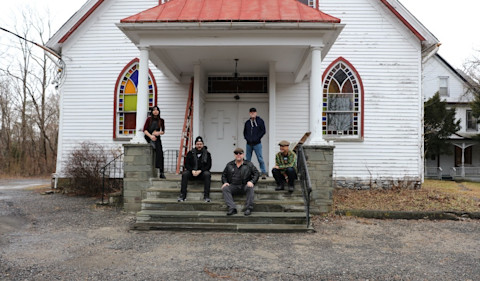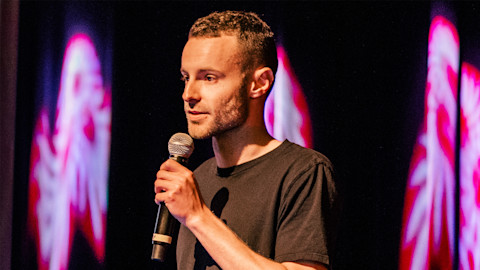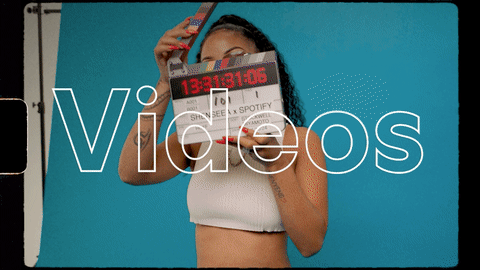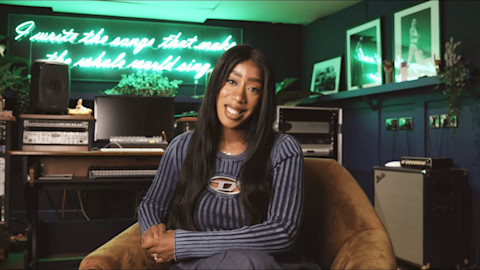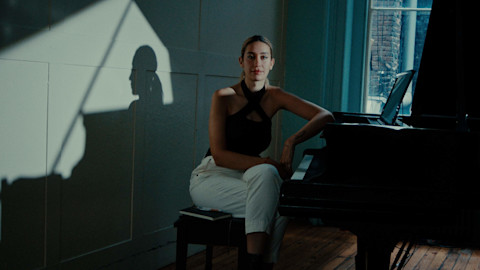Like many pop-cultural artifacts, the live album has been thoroughly disrupted by technology. Back in the ‘’70s, they were mythical documents that provided fans with an ultra-rare opportunity to experience their favorite artists in the raw, making them the next-best thing to scoring front-row tickets to a concert. But that aura diminished considerably in the CD era, as bootlegs proliferated and often could be purchased in smaller record stores. Then, in an effort to corner the market, some bands—like the Pixies—started offering fans instant burns of the night’s performance as they exited the venue, a sort of audio version of a merch-table T-shirt. And once user-generated video-streaming services emerged in the 2000s and everyone with a smartphone became an amateur concert documentarian, the live album was in danger of becoming an antiquated middleman in an era where fans can instantly access a bottomless archive of concert footage with the click of a button.
But while concert recordings may not be the elusive star-makers they once were, a live record can still be a treasure for both an artist and their fans: It provides a key snapshot of an evolutionary phase—even if, or perhaps especially if, they have only one release to date. Upon issuing his debut album, Amir, in 2018, Brussels-based crooner Tamino hosted a sold-out three-night stand at the historic Ancienne Belgique theater, where he and his backing band were joined by Colin Greenwood (a.k.a. the bassist for one of Tamino’s greatest inspirations, Radiohead). To mark the occasion, Tamino decided to record the shows for his own amusement, with no intention of a proper release.
But the performances Tamino captured proved to be more than just a sonic souvenir. Where Amir presented him as a smoke-ringed raconteur in the Cohen/Gainsbourg vein, the Live at Ancienne Belgique EP sees him step out as a fearless art-rock improviser, stretching and embellishing his songs to extremes, while counterbalancing the drama with a stark cover of Chris Cornell’s Singles serenade, “Seasons.” Here, Tamino explains why releasing a live set made sense to him at this early stage of his career.
![Tamino Resized Photo Courtesy of Shore Fire Media]()
Tamino Resized Photo Courtesy of Shore Fire Media
Spotify for Artists: You originally recorded these shows for posterity’s sake. But in putting this EP out, was there something in particular about yourself that you wanted to showcase?
Tamino: I think as a band we’ve grown a lot, so me and the guys had more improvisational moments in the set, which you can hear in a song like “So It Goes.” I definitely wanted to show how far we’ve come since making the first album. And there was the song by Chris Cornell, which I covered—that was a very special moment as well. I definitely wanted to show that to people as well, as a tribute to him. I also like the fact it was just played in the concert, and not in the studio. I don’t think I would record a cover song in a studio unless it’s for radio or something.
You mentioned the song “So It Goes.” The original runs just shy of five minutes. The live version is over twice that length. Was that something that just developed organically over time?
Yeah, definitely. It was really about playing the song night after night and always trying to explore the boundaries of improvisation and sometimes it went too far! But that’s necessary. Sometimes, we still go too far, but you learn a lot as a band and also as an individual musician when that happens. It happened naturally with this song. After the first of the [Ancienne Belgiques] concerts, Colin wasn’t playing on this song, but then the second night at soundcheck we were just like, “Hey man, join in” during the improvisational part, and he did, and it was immediately a great match.
Does listening to the live version change the way you see the original?
Not really. I look at concerts and recordings as two totally different things. While recording something, I never think, “Oh shit, how are we going to play it live?” I also don’t understand people who come to a concert just to hear the exact same version from the record, because then I would say, “Just stay home and listen to the record!” Of course, listening back to an improvisation isn’t always the nicest thing to do—you think, like, “Oh shit, maybe I shouldn’t have sung that line there!” But you don’t want to have the feeling you’re covering one of your own songs. I had that for a while, when I was doing a lot of promo [for the first album]. I used to want to play the song in the exact same way that I recorded it, with the thought that it would please a lot of people, but I grew really tired of it and it stressed me out as well to play the song the same way every time. So something switched in my mind and now I play the song however I feel like playing it.
Hearing your EP, it’s easy for a listener to imagine themselves sitting in the regal, balconied Ancienne Belgique theater, getting lost in this majestic performance. How much is your playing affected by the venue?
I’m not consciously adapting to the rooms, but I am definitely affected by it—for instance, if it’s very cold. Sometimes, the venue really puts on the A/C like crazy and I don’t like that! I feel cold, and it’s very difficult for me to connect with the audience. You see that in videos of artists on talk shows [in cold studios]—the artists are not very comfortable. When it’s very hot, I really like it, even though it’s not the most healthy thing, because a lot of people faint. But it gets me in the right headspace to connect with the audience.
—Stuart Berman
